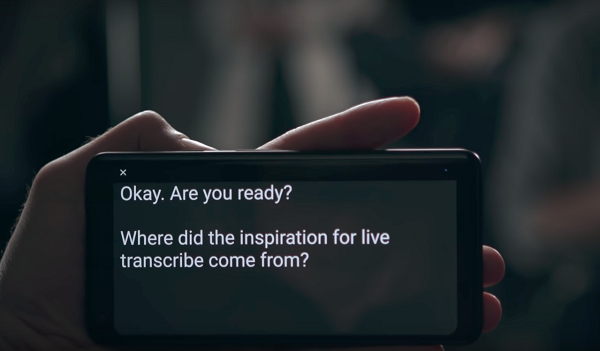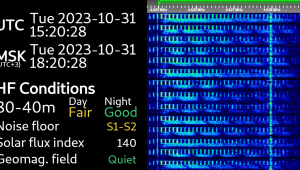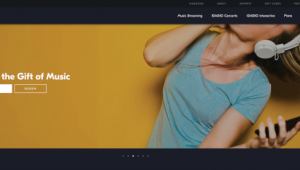How Google's Live Transcribe Will Aid the Deaf

My hearing is a valuable asset. I have listened to audio, taught audio, written about audio, and greatly profited from audio. My whole life is audio. If I had been born deaf, I would have been a completely different person living a completely different life. Certainly not worse, just different.
If I had been born deaf, or had lost my hearing, I wonder what I would think of Google's new Android feature, Live Transcribe. I pose that as a question because I do not know what it would be like to be deaf. Thus I am a clueless outsider on this topic. So, bearing my ignorance in mind, let me describe what Google is doing here.
Unveiled a few weeks ago, Live Transcribe is one of two new Android features (I'll describe Sound Amplifier in a moment) that are in beta. As you know, Google has developed new speech-to-text and voice translation technologies. Live Transcribe utilizes those resources to provide speech-to-text captions in real time, optimized to enable live, interactive conversation. The program can use the microphone in the host smartphone, or use an external microphone for improved accuracy. Users can also employ a type-back keyboard. For now, the program is available in beta form in the Play Store, and is pre-installed on the Pixel 3 phone. It is accessed via the Accessibility Settings. Taking advantage of Google's multi-language and translation technology, it will operate with more than 70 languages and dialects.
This video provides a great introduction to Live Transcribe. Please note something interesting as you to watch this video. As compelling as the story is, observe how effective the music is to emphasize the content, draw our emotions into it, and build to an optimistic climax. As powerful as any text-to-speech technology is, it must omit crucial communicative cues such as music and thus can never communicate the entirety of things we take for granted, like movies.
Live Transcribe is still very much a work in progress. I imagine that in many situations a deaf person could read the speaker's lips with similar outcome. Also, I wonder if the program would be improved if the phone's camera was used to simultaneously show the speaker's face; would this improve communication? But it seems like a wonderful beginning and would already by immediately useful for those who have hearing loss, but cannot sign or read lips. Again, I am speaking as someone ignorant in this area.
So is this an altruistic act on the part of Google, or a shrewd business decision? The World Health Organization (WHO) estimates that thanks to our graying population, the number of people with hearing loss will grow to 900 million by 2055. Programs like Live Transcribe, while helping many people now, could become indispensible. This page further describes Live Transcribe and the app can be downloaded there as well.
Previously Google also announced Sound Amplifier, another Android feature that clarifies speech intelligibility by filtering out unwanted ambient sounds and boosting soft sounds. It is used with headphones, allowing the user to dial in just the right parameters. Sound Amplifier is a free app in the Play Store (Android 9 Pie) and is pre-installed in the Pixel 3.
Thumbs up to Google for their awareness of how their technologies can be leveraged to even greater advantages. These are impressive technologies and will help many people in ways that are great and small.
- Log in or register to post comments































































